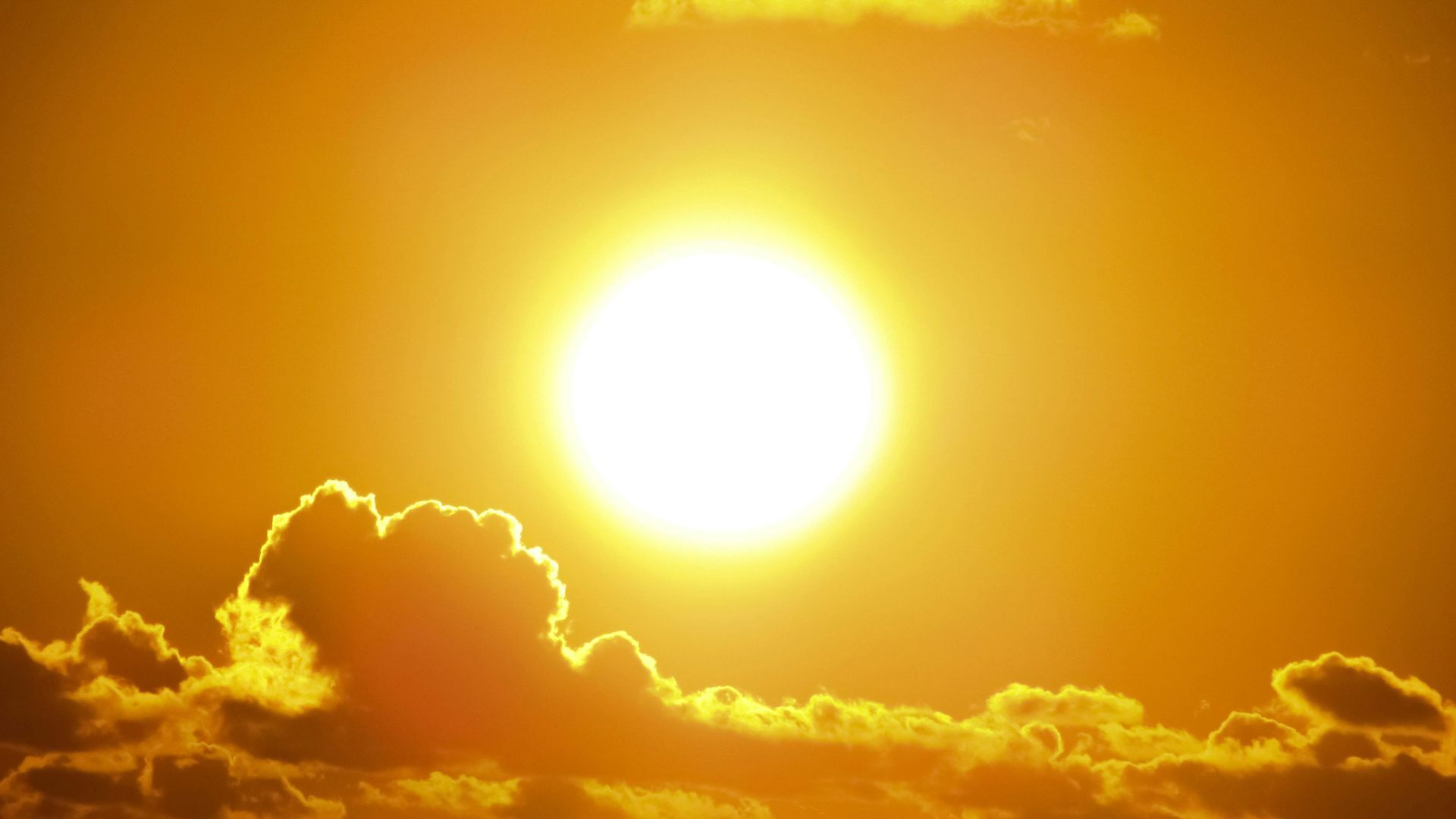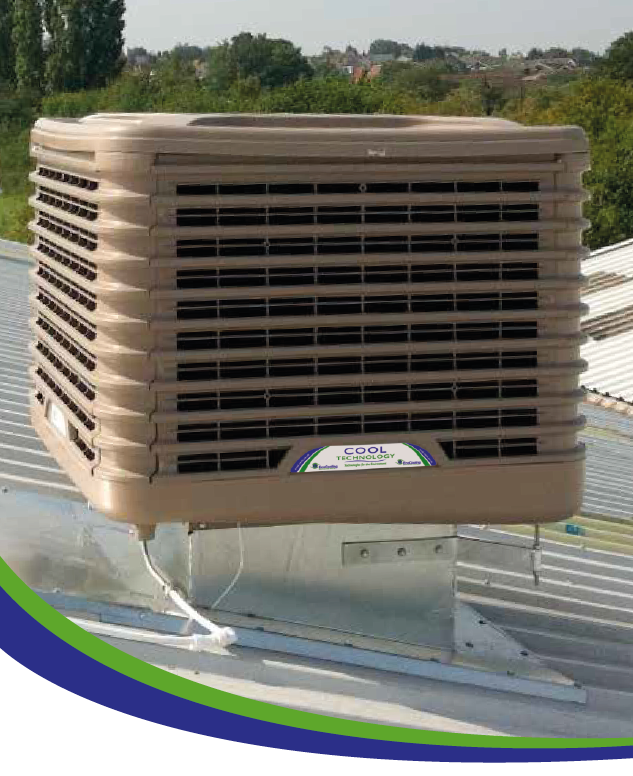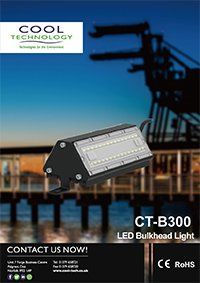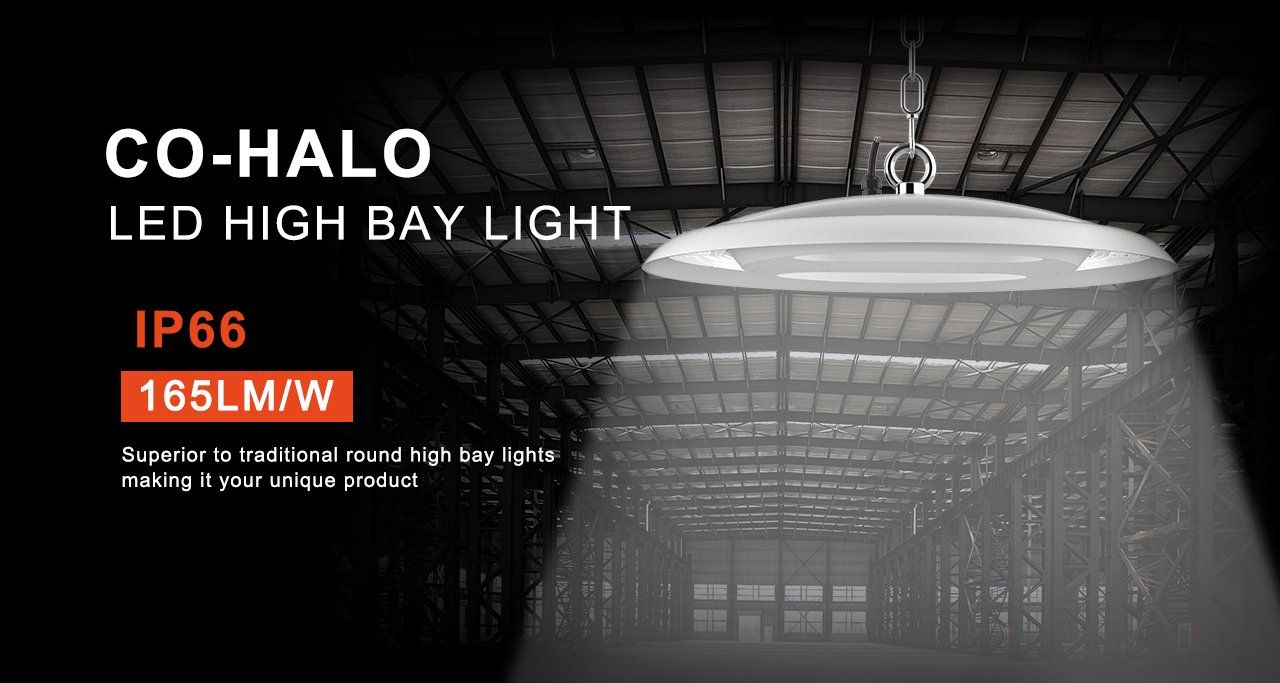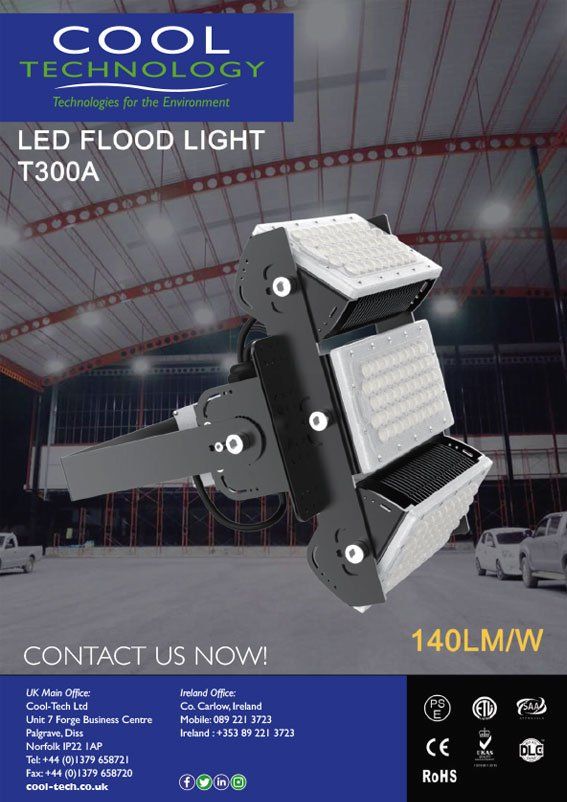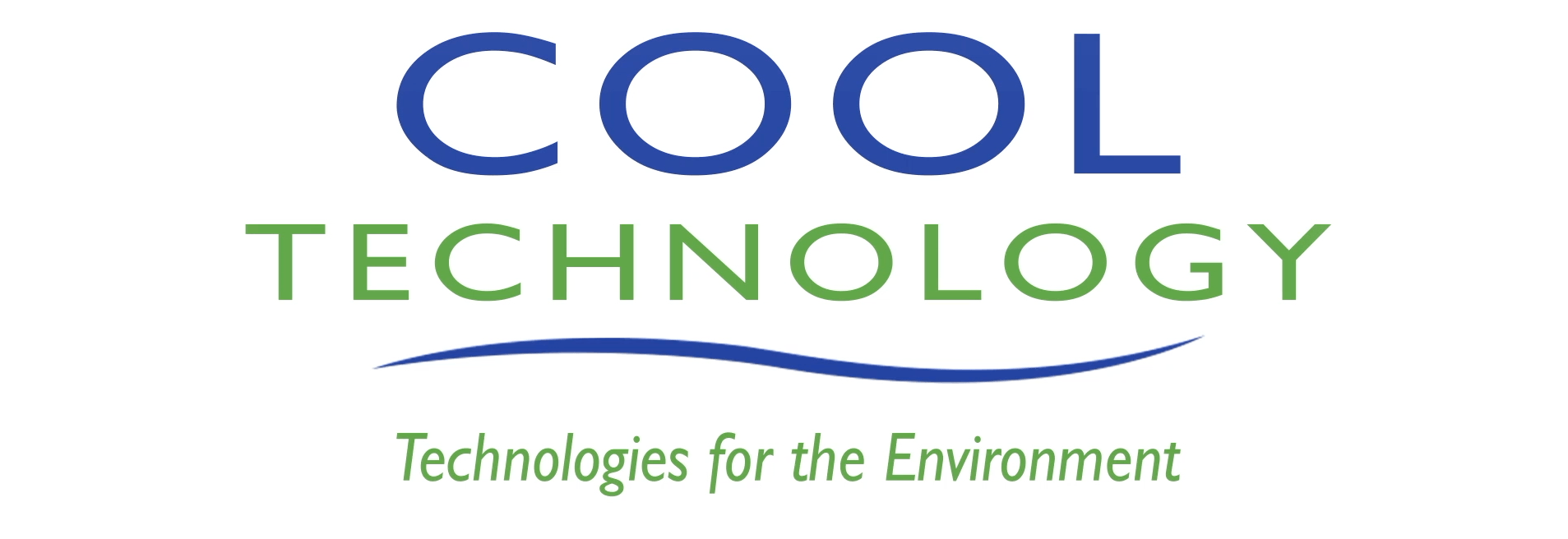Evaporative Cooling FAQs
The low cost way to stay cool
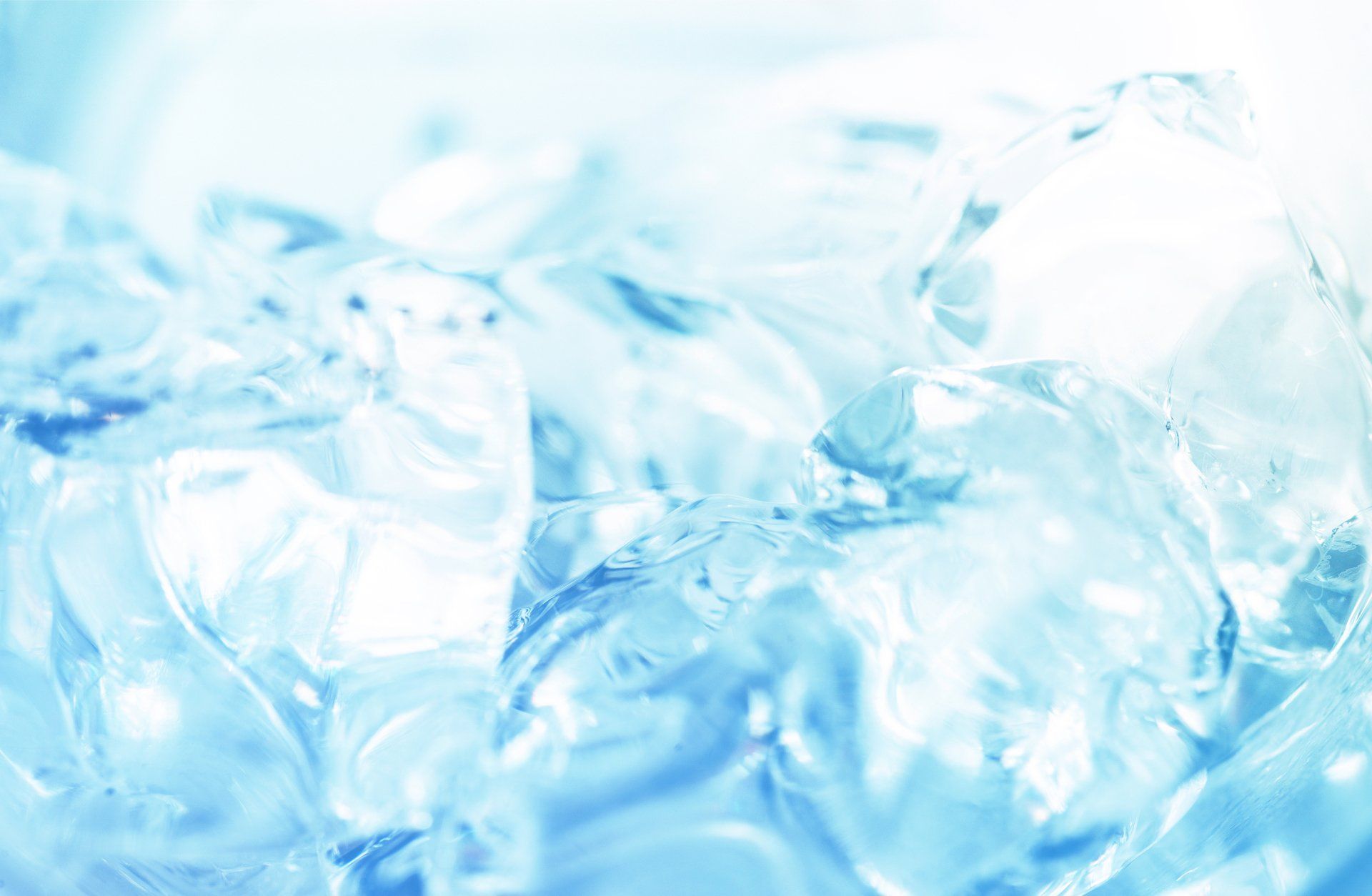
Evaporative cooling is a brilliant way to bring fresh, cool, clean air into your premises in an affordable way. Here’s our
evaporative cooling FAQ. If you’d like to discuss the potential for your organisation, we’ll be pleased to talk.
Q: Can you define evaporative cooling?
A: Also called adiabatic cooling, evaporative cooling uses water as a refrigerant instead of chemicals. The process involves evaporating water in a stream of air, effectively changing the water from a liquid into a gas. The transition needs energy, which it extracts from the air in the form of heat.
Evaporative cooling forces hot outside air through water-saturated cooling pads via a fan driven by a motor. The cooled down air is blown into the building. A pump keeps the cooling pads wet.
An evaporative cooler effectively helps an interior ‘sweat’ to cool off. The unit speeds up the natural evaporation process by drawing in hot, dry air and emitting chilled, humid air. If the setting is very dry it the humid air generated makes things a lot more comfortable, giving you the moisture your body needs to help fight pathogens.
Q: When was evaporative cooling invented?
A: Drawings of evaporative cooling systems have been found in Egyptian murals dating back to 2500 BC. They placed clay pots full of water next to air inlets inside buildings to provide cooling. In Iran there’s a tradition of hanging wet rags in a high tower called a wind catcher to provide indoor cooling.
Q: What’s the difference between air conditioning and evaporative cooling?
A: Evaporative cooling uses fresh air to cool and ventilate a space constantly, filtering the air to remove dust and allergens. It doesn’t re-circulate warm, polluted indoor air. It brings 100% fresh, filtered, clean, cool air into a room or building, and the indoor air quality improves dramatically. This helps people fend off viruses and helps prevent the dry eyes and itchy throat you can develop when the air is too dry.
In contrast air conditioning simply cools re-circulated indoor air, and dehumidifies the air in the process to leave it very dry.
Q: Who uses evaporative cooling?
A: Being such a sustainable, energy-efficient cooling method, evaporative coolers are widely used in factories, distribution centres and offices. A main activity is keeping server rooms and data centres cool, all at one tenth of the running cost of conventional refrigerant air conditioning. We also have a large presence in the pharmaceutical sector, since stored medicines are regulated and must be temperature controlled.
Q: Will evaporative cooling technology work for me?
A: If it's a large space and air changes can be achieved, this platform is perfect. Unlike air conditioning the technology works on air changes, which means fresh cooled air in and warm exhausted air out. Open windows and doors are not a problem.
Q: How much energy does evaporative cooling use compared to aircon?
A: Evaporative coolers use just 10% of the energy needed for ordinary mechanical cooling.
Q: What happens when the temperature keeps on rising?
A: On very hot days the cooling efficiency of an evaporative cooling system increases. Higher temperatures means the air normally contains less moisture, which means the dryer the air the more turn down in temperature it can achieve. The more water is evaporated into the air the more cooling power the system has, without increasing your energy consumption.
With air conditioning, the hotter it gets outdoors the more energy you’ll use to get the level of cooling you want. As climate change progresses, conventional air conditioning is going to become ever-less energy efficient.
Q: What chemicals are used in traditional air conditioning?
A: Modern air conditioning units and systems use chlorine-free refrigerants like hydrofluorocarbons as cooling agents. They’re constantly evaporated and condensed in a closed system to provide the cooling effect.
This takes as much as 90% more energy than a two-stage evaporative cooling system and there’s regular re-filling to think about if you want the unit or system to remain efficient, simply because some of the chemical refrigerant will escape into the open air over time.
Q: Why is water better than chemical refrigerants?
A: Evaporative cooling uses water, which comes with an unusually high latent heat of vaporisation of 2501 kJ/kg at 0 °C. This means 1 m3 of water creates as much as 695 kW cooling power, an impressive feat. The evaporated water joins the planet’s natural system and will eventually come back down as rain.
In contrast traditional air conditioning tech needs at least 250 kWh of energy to create the same amount of cooling power.
